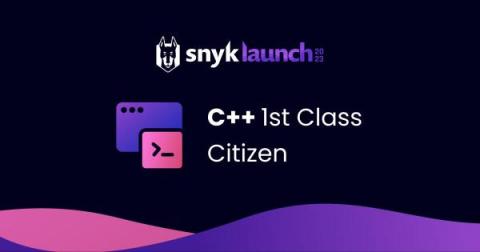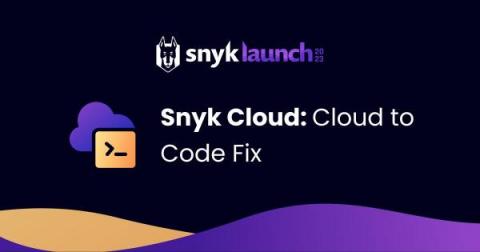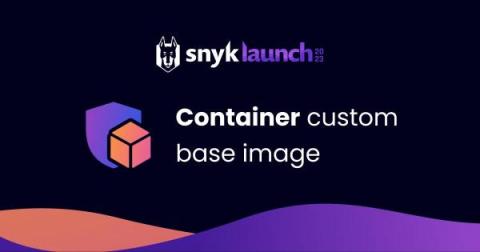Snyk brings developer-first AppSec approach to C/C++
Snyk is known for its developer-first application security solutions for many ecosystems like Java, JavaScript, Python, and more. Snyk enables developers to not only find issues but quickly apply fixes, revolutionizing security and supporting its integration at the earliest stages of the SDLC. In 2022, we released the first round of support for C/C++ open source packages, and today we’re excited to announce the Open Beta of C/C++ for Snyk Code and licenses for Snyk Open Source.











